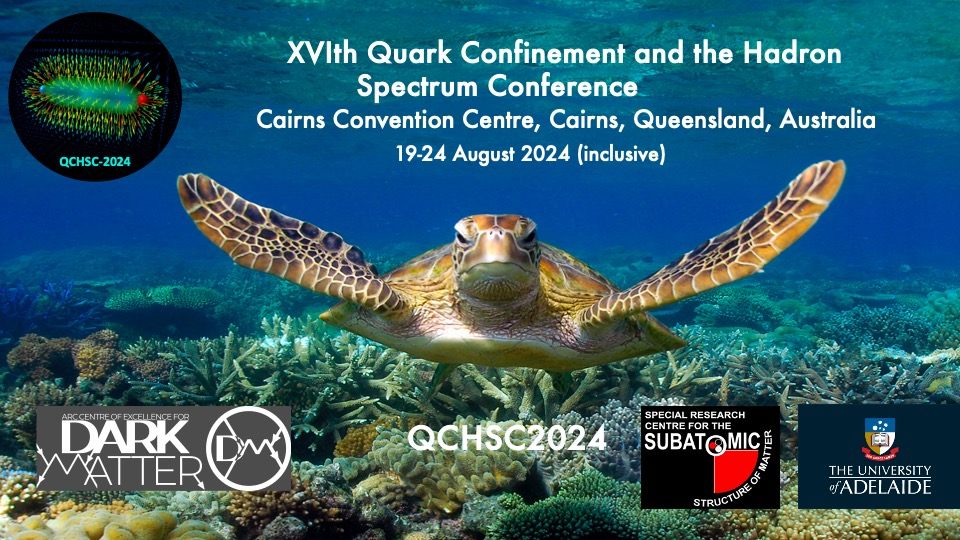Speaker
Description
In recent experiments in the heavy quark sector, various candidates of exotic hadrons have been observed. Most of exotic hadrons are discovered near the threshold of two-body scattering as represented by $T_{cc}$ and $X(3872)$ [1,2]. Such near-threshold states are empirically considered as hadronic molecules [3]. To focus on the molecular structure, it is useful to calculate the compositeness, the fraction of the hadronic molecule component in the wavefunction [4]. By using the compositeness, we demonstrate that near-threshold bound states are usually molecular dominant [5] which is consistent with the consequence of the low-energy universality [6]. When we consider the decay and coupled-channels effects which are important for the exotic hadrons, the compositeness is found to be suppressed by these effects [5]. As an application, we discuss the internal structure of $T_{cc}$ and $X(3872)$ by using a new interpretation of the complex compositeness [7].
[1] LHCb Collaboration, Nat. Commun. 13, 3351 (2022); Nat. Phys. 18, 751 (2022).
[2] S.-K. Choi et al. (Belle Collaboration), Phys. Rev. Lett. 91, 262001 (2003).
[3] F. K. Guo et al., Rev. Mod. Phys. 90, 015004, (2018)
[4] T. Kinugawa and T. Hyodo, Phys. Rev. C 106, 015205 (2022).
[5] T. Kinugawa and T. Hyodo, Phys. Rev. C 109, 045205 (2024).
[6] T. Hyodo, Phys. Rev. C 90, 055208 (2014).
[7] T. Kinugawa and T. Hyodo, arXiv:2403.12635 [hep-ph].
